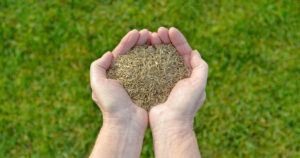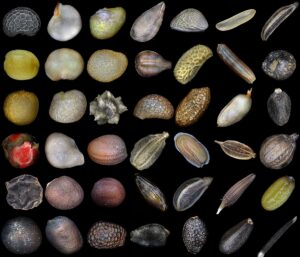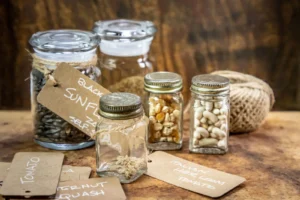How to Grow Lotus Seeds: A Complete Guide
Are you fascinated by the majestic beauty of lotus flowers and interested in growing them yourself? Lotus plants (Nelumbo nucifera) are not only stunning ornamental additions to water gardens but also have culinary and medicinal uses. In the US, lotus cultivation has gained popularity among gardening enthusiasts and culinary adventurers alike. This comprehensive guide will walk you through everything you need to know about planting lotus seeds in various settings, from containers at home to garden ponds and larger plots.
Understanding Lotus Seeds
Lotus seeds come from the seed pods of lotus flowers, which develop after the blooms fade. These seeds have an incredibly hard outer shell that can remain viable for hundreds—even thousands—of years under the right conditions. According to research from the United States Department of Agriculture, lotus plants are highly adaptable and can thrive in various climatic conditions across the US, particularly in USDA hardiness zones 5 through 10.
Types of Lotus for the US Market
Before diving into planting methods, it’s important to understand the different varieties available in the US market:
| Lotus TypeSize RangeWater DepthGrowing SeasonBest US RegionsNotable CharacteristicsDwarf Lotus1-3 feet2-8 inches100-120 daysAll zones, container-friendlyPerfect for small spaces, produces smaller flowersMedium Lotus3-5 feet8-16 inches120-150 daysZones 5-10, versatileGood balance of size and bloom productionGiant Lotus5-8 feet16-30 inches150-180 daysZones 7-10, warmer regionsSpectacular large blooms, needs more spaceAmerican Lotus4-6 feet12-24 inches130-160 daysNative to Eastern USYellow flowers, more cold-hardy than Asian varieties |
|---|
Preparing Lotus Seeds for Planting
Before planting, lotus seeds require specific preparation to ensure successful germination:
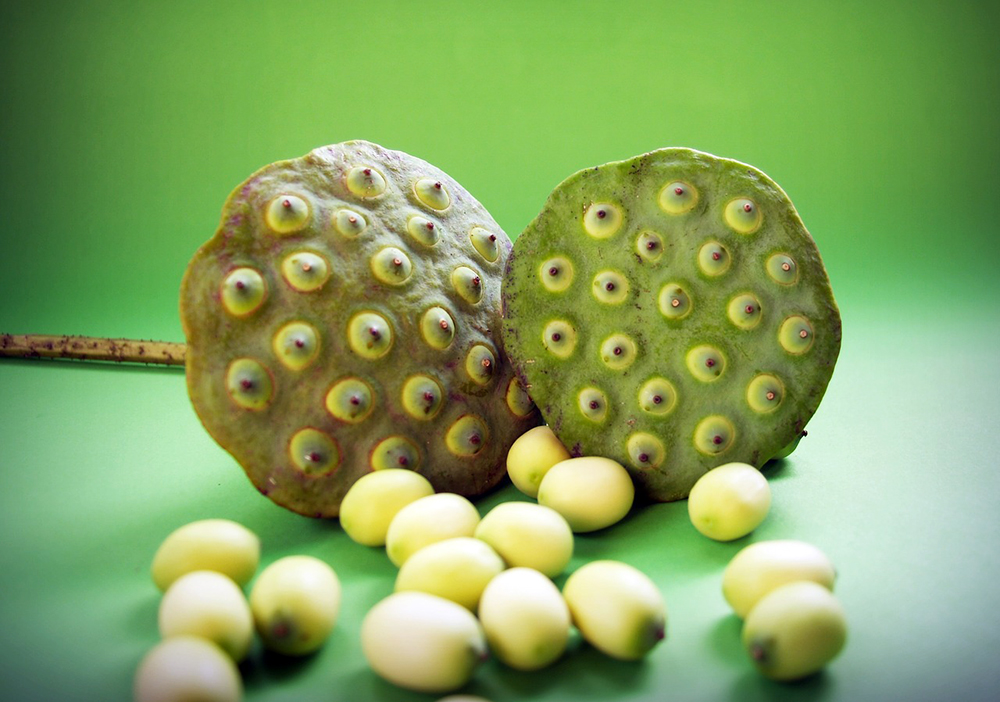
Scarification Process
- Inspect your seeds: Choose plump, unblemished seeds for the best results.
- File the seed coat: Using a metal file or sandpaper, carefully file a small spot on the hard outer shell until you see a tiny glimpse of the white interior. This process, called scarification, allows water to penetrate the seed coat.
- Prepare for soaking: Fill a glass container with room temperature water.
- Soak the seeds: Place your scarified seeds in the water and watch them closely. Within 1-3 days, viable seeds will begin to swell and may start sprouting.
How to Plant Lotus Seeds at Home
Growing lotus indoors is entirely possible with the right setup. Here’s how you can start your lotus journey from the comfort of your home:
Container Growing Method
- Select an appropriate container: Choose a wide, shallow container without drainage holes. A plastic tub at least 12 inches in diameter and 8 inches deep works well for dwarf varieties.
- Prepare the growing medium: Fill the container with 4-6 inches of heavy garden loam or topsoil. Avoid potting soil with perlite or other floating materials.
- Add water: Slowly add water until it’s about 2 inches above the soil level.
- Plant the sprouted seeds: Once your seeds have germinated (showing a small white sprout), gently place them on the soil surface with the sprout pointing upward.
- Maintain optimal conditions: Place your container in a location that receives at least 6 hours of direct sunlight daily. The ideal water temperature for growth is between 70-85°F (21-29°C).
Indoor Water Garden Approach
For those without outdoor space, creating an indoor water garden with lotus is a beautiful alternative:
- Choose a suitable vessel: Select a glass or clear plastic container that allows you to observe the lotus’s underwater development.
- Create layers: Place 2-3 inches of aquarium gravel at the bottom, followed by 2-3 inches of nutrient-rich aquatic soil.
- Plant and fill: Position your sprouted seed in the soil and carefully add water until it’s 4-6 inches above the soil level.
- Provide adequate lighting: If natural sunlight is insufficient, supplement with full-spectrum grow lights for 8-10 hours daily.
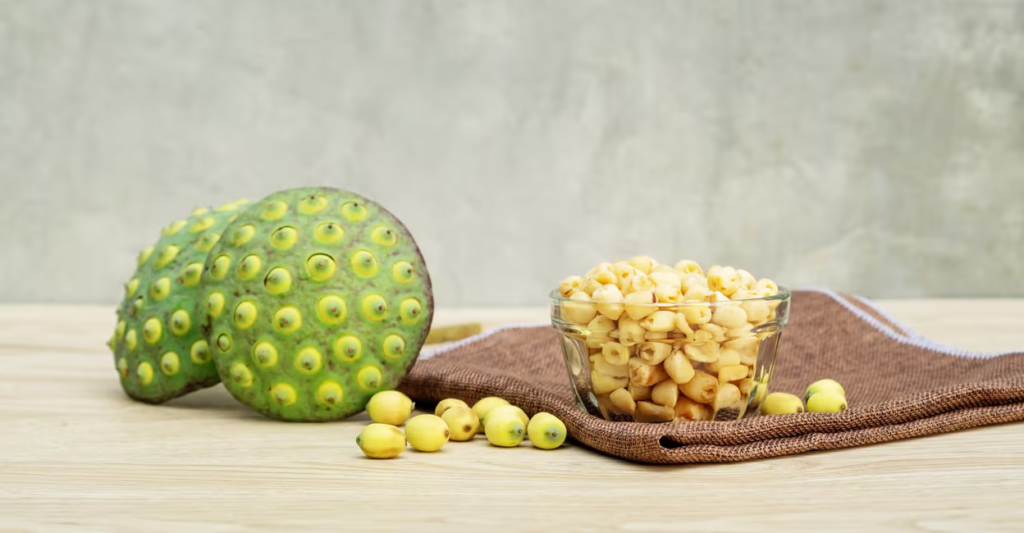
Growing Lotus Seeds in Your Garden
If you have an outdoor garden space, you can create a stunning water feature with lotus plants:
Garden Pond Method
- Prepare your pond: Ensure your pond is at least 18 inches deep with a flat bottom area for lotus containers.
- Create planting baskets: Use mesh aquatic plant baskets or fabric grow bags filled with heavy garden soil or clay-loam.
- Plant the sprouted seeds: Place one sprouted seed per basket, positioned about 1 inch below the soil surface.
- Submerge gradually: Start with water 2-4 inches above the soil and gradually increase depth as the plant grows.
- Protect from wildlife: Consider using netting to protect young lotus from fish and other wildlife until established.
According to the National Park Service, lotus plants can spread rapidly under ideal conditions, so choosing the right location and containment method is crucial for garden pond installation.
Small Water Garden Approach
For those with limited garden space:
- Select a suitable container: Half-barrels, large ceramic pots (sealed for water retention), or specialized water garden containers work well.
- Create your mini-pond: Position your container in a location that receives 6-8 hours of sunlight daily.
- Prepare and plant: Follow the same soil and planting methods as for garden ponds, but use smaller containers appropriate for dwarf varieties.
- Winterize properly: In colder regions (zones 5-6), move containers to a protected area like a garage when temperatures drop below freezing.
Planting Lotus Seeds in Larger Plots
For commercial growers or those with larger properties, lotus can be grown in dedicated plots:
Aquatic Field Cultivation
- Site selection: Choose a location with full sun exposure and protection from strong winds.
- Prepare the plot: Create a water-retaining area with clay soil or pond liner with a depth of 18-30 inches.
- Soil preparation: Use a heavy clay-loam soil with high organic content, approximately 8-12 inches deep.
- Planting method: For larger plots, you can direct-sow scarified seeds or use young plants from containers.
- Water management: Maintain water levels 6-18 inches above the soil surface, depending on your lotus variety.
- Harvest planning: Commercial plots should include accessible pathways for maintenance and harvesting.
Year-Round Care for Lotus Plants
Successful lotus growing requires proper year-round maintenance:
Spring and Summer Care
- Fertilization: Once plants have several floating leaves, begin fertilizing with aquatic plant tablets pressed into the soil near the roots.
- Water quality: Monitor for algae growth and maintain water clarity by adding beneficial bacteria products designed for ponds.
- Pest management: Watch for aphids and spider mites on emerging leaves. A gentle spray of water often dislodges these pests.
Fall and Winter Care
- Prepare for dormancy: As temperatures cool, lotus plants will naturally die back. Allow this process to occur naturally.
- Container protection: In zones 5-7, move containers to protected areas where they won’t freeze solid.
- In-ground protection: For pond or plot-grown lotus, ensure water depth is sufficient to prevent tubers from freezing (18+ inches below expected ice formation).
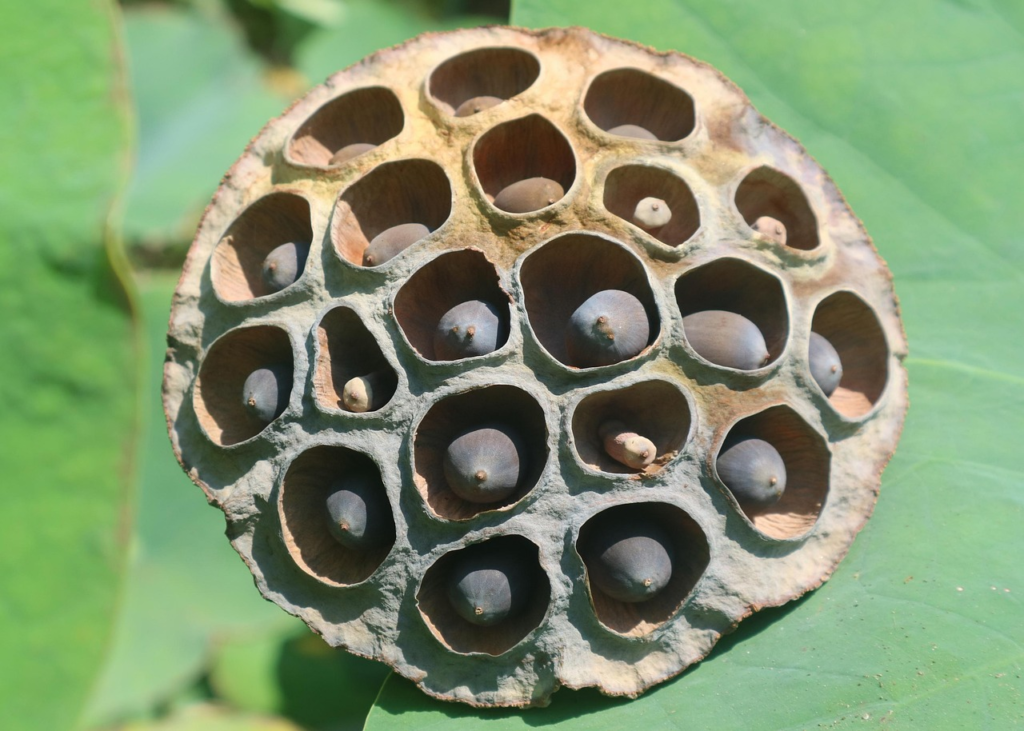
Harvesting and Using Lotus
Beyond their ornamental value, lotus plants offer several harvesting opportunities:
Culinary Uses
- Lotus seeds: Harvest mature seeds for use in desserts, soups, and traditional Asian dishes.
- Lotus roots: Dig carefully to harvest the crisp, versatile roots for stir-fries and other dishes.
- Young leaves and stems: These can be used in salads or as wrapping for steamed dishes.
Medicinal Applications
The National Institutes of Health has documented various traditional medicinal uses for lotus plants, including applications for cardiovascular health and digestive wellness.
Troubleshooting Common Issues
Even with proper care, you might encounter some challenges:
- Seeds not germinating: Check your scarification technique and water temperature. Try again with fresh seeds.
- Yellowing leaves: Often indicates nutrient deficiency. Add aquatic plant fertilizer according to package directions.
- No flower production: Usually due to insufficient sunlight or young plant age. Most lotus plants need 2-3 years to mature enough for reliable flowering.
- Spreading too aggressively: Install barriers in your pond or divide plants annually to control growth.
Conclusion
Planting lotus seeds can be a rewarding experience that brings beauty, tranquility, and even culinary benefits to your life. Whether you’re growing them in a container on your patio, in a garden pond, or across a larger water feature, these magnificent plants connect you to thousands of years of cultivation history while providing a stunning focal point for your outdoor or indoor space.
With proper preparation, the right growing conditions, and regular care, you can successfully grow lotus plants from seeds in various settings across the US. The market for lotus products continues to grow, making this an excellent time to explore lotus cultivation, whether for personal enjoyment or potential commercial opportunities.
Remember that patience is key—lotus plants improve with age, often taking 2-3 years to reach their full flowering potential. The journey of growing these ancient aquatic treasures is well worth the wait!

